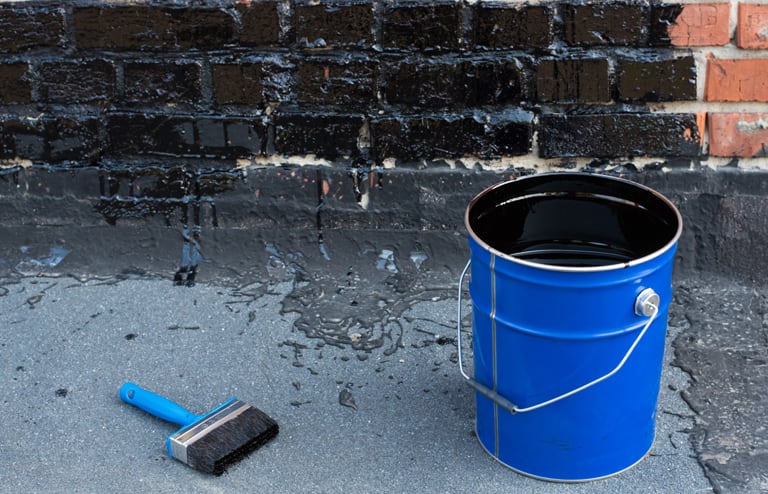Repellent
Many different types of mole repellents exist, both DIY and on the market. These can be used as a preventative measure or in combination with other treatment methods, but it isn’t recommended to use them on their own for mole removal. A mole could likely dig deeper to avoid the repellent or tunnel elsewhere in your yard. Repellents are best used to keep moles from coming into your yard in the first place, or at least to keep them out of certain areas.
Tar: Similar to castor oil, moles will also stay away from the smell and taste of tar. This repellent is more difficult to work with, so it isn’t recommended to spray or pour it directly on your yard. Instead, you can use a small object to dip in the tar before placing it in the ground within the mole’s tunnel system. If you do this at strategic points around your yard, the animal is bound to change course and stay away.
Sonic Repellents: Sonic repellents are not an easy DIY project, but they’re usually budget-friendly and easily available in-store and online. They work by sliding them into the ground, usually with a spoke, where they emit sonic vibrations that scare off moles and other rodents. This frequency is undetectable to humans, so it repels your mole problem at no nuisance to you. With this method, you also won’t have to worry about checking a trap or using poisons if you have children or pets.
Granulated Repellent: Granulated repellents usually contain a combination of ingredients which moles can’t stand – including castor oil, citronella oil, and garlic. As with any store-bought pest treatment you’re using on your yard, be sure to read the instructions fully. Reapply as necessary – not any more or less.
Liquid Repellent: Store-bought repellents also come in liquid form. They’re most commonly a blend of castor oil along with other ingredients that keep moles away. The benefit of buying a liquid repellent is that it takes away a lot of the work you would otherwise be doing to create your own DIY recipe. Some of the other ingredients inside liquid repellents include eggs, clove, fish oil, garlic and onion, and wintergreen.







